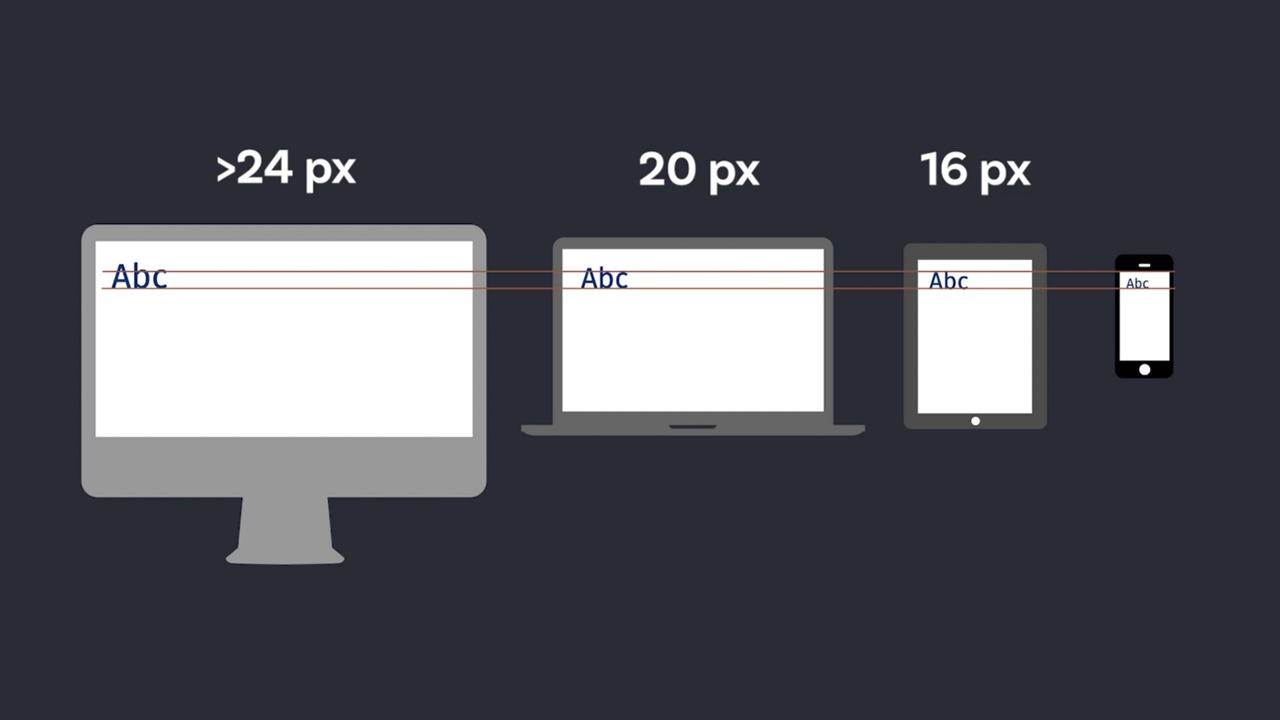
My recommended way of doing UX Research with UX Design, is to use the free Microsoft Whiteboard tool on windows, and I think there should be an equivalent for MAC users with the free cloud Google Forms tool, and your favorite UX Design Tool, and mine is ADOBE XD.
The Top 6 Best UX Research Methods And Tools Are:
All these methods can be used one-to-one with your manager or using group meetings with stakeholders and users, and I recommend using both ways always because these are all the people you care about.
1- Contextual Interviews:
You can use the Google Forms web app with more Textarea fields not one answer question to let the stakeholders and users express their points of view, needs, and vision. You might use a yes/no question if you need a clear answer for a design feature you think is critical for your design such as knowing if there are multiple languages, signup, login functionality, or paid features or products, etc.…
2- Cards Sorting:
You can use the Windows Whiteboard app to determine the app or website structure we use the cards sorting method, where we write all the main topics of the website or app and let our stakeholders or users sort them according to their needs and useability or vision.
This way we can label categories and topics, and deiced what to put on the homepage’s main menu and content by Identifying the most important or the most frequently used content which is the first impression of your website or app users.
And as a UX Designer, you should lead the session with your design experience of the common uses of categories that you gained through time via designing websites and apps. Where you will introduce the first sorting suggestion that you see fit the website or app you are working on from your point of view to lead people and to cut a lot of the wasted time looking at 30-40 cards which might start scattered.
3- Contacting Focus Groups
it is a moderated by the manager discussion that involves 2 to 4 users, clients, or customers. where you will learn about their attitudes, beliefs, desires, and reactions to your company’s product to apply them to your design.
4- First Click Testing:
To know what is the most important curious part of the design you’re building using the A/B testing mechanism to determine where to put the CTA (Call to Action) buttons on your website or app which will lead profit to for the company which owns it, where this is the ultimate goal of every business, wherever the profit is meaningful for nonprofit organizations or financial for the commercial companies.
5- Professional Experts in UX Tests:
where you establish guidelines for a group of individual experts in usability tests, including quality assurance people to do their tests on your design these might be 1 to 3 persons that you hire as freelancers, or if your company is big you can hire them full-time if it does not already have such people.
6- Use Cases:
in UX research you need to document every use case of your design, to support your design with real-world scenarios and solutions.
Some of the information the use cases should include:
- Who will use the website or app
- the company’s gaols
- The user’s. client’s, or customer’s goal or your company’s service or product
- The steps the user takes to accomplish a particular task on your website or app (such as the payment and billing process)
- How the website should respond to an action that your users do on your website or app
- User stories (which are scenarios for the typical user, the interested user, and the best user)
Conclusion
these UX research methods and tools are at the core of every user experience design. As the name suggests, UX is the experience that a person goes through while using your product or service. So it is necessary to understand the needs and goals of users, the context in which you created your design, and the user’s client’s, or customer’s tasks which are unique for each product. By using the appropriate UX research methods and tools and applying them the correct way, designers can shape a product’s design and can come up with products that serve both customers and businesses more effectively.
posted by Emad Zedan on 20 Dec 2022 in UX/UI Design, Web Design, WordPress


Leave a Reply